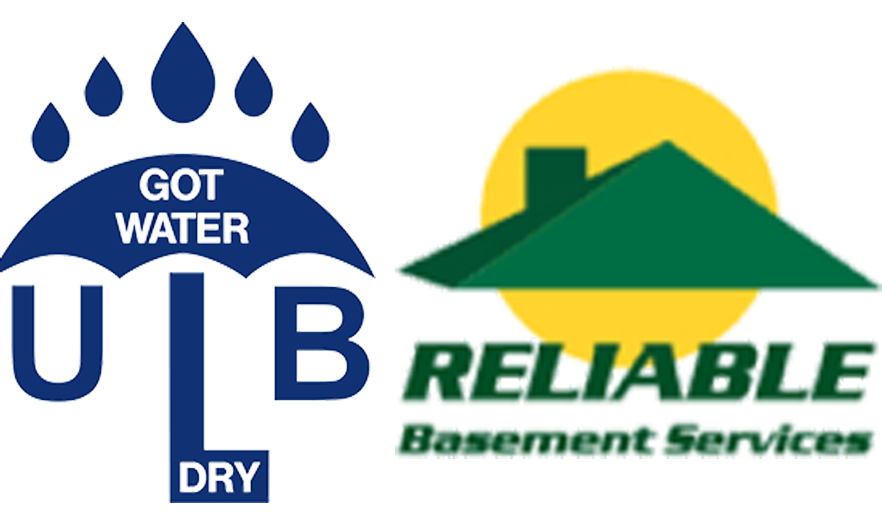Historically, the main purpose behind a home’s basement is to support it structurally and to provide a space where HVAC equipment, hot water heaters and other appliances can safely be stored. A big part of the reason behind this intended purpose is because basements are incredibly problematic. The freeze/thaw cycle, material shrinkage and the house settling can lead to cracks, which can thereby allow water to seep into the basement and cause damage to certain valuables or home building materials. This wasn’t a huge issue back in the day when basements were simply used as a space to store appliances, but now that more and more people are using their basements as functional storage and living spaces, water intrusion is certainly something that isn’t ideal – both when it comes to immediate damage and the potential for subsequent mold growth. And while water intrusion can happen due to a variety of factors, one of the most common ways that it occurs is through these cracks in the concrete.
So what can you do when you notice that those cracks in your basement floor or wall are allowing water to seep in? Simple. Get them filled.
Crack Repair: The Basics
Concrete cracks can be filled either from the exterior or the interior, usually with satisfactory results.
- Exterior Filling: Exterior filling is usually more expensive than interior repair due to the necessity of excavation. In addition to the cost of the repair and the excavation, homeowners also have to consider the cost to re-sod or re-landscape affected areas. In some cases, however, exterior excavation is the best action to take to resolve the issue.
- Interior Filling: Interior filling starts at just a few hundred dollars, can be completed year-round and isn’t contingent on the weather. The only consideration with these type of fills is that some drywall will likely have to be removed if the basement is a finished one.
Here at ULB-DRY Waterproofing, experts in concrete crack repair Lombard, we follow a strict process for performing this sort of repair. First, we clean the crack area of dirt and other contaminants, then insert ports into it, which are held together with an epoxy mastic. After the mastic has cured, we’ll inject a resin into the crack, forcing it upward. We’ll cap the top port and allow to set. After it settles, the crack is properly repaired and you won’t have to worry about any further water intrusion.
Exterior cracks are similar, except we use a special type of past over the affected area following gaining access to the crack through excavation.
Regardless of the type of crack repair performed, the end result is almost always repair, not to mention a basement that won’t leak so you can be free to decorate, finish or store whatever you want in this historically problematic area of the home.
For more information on basement crack repair, and to learn more about the technologies that we use to perform crack repair, contact us today.





